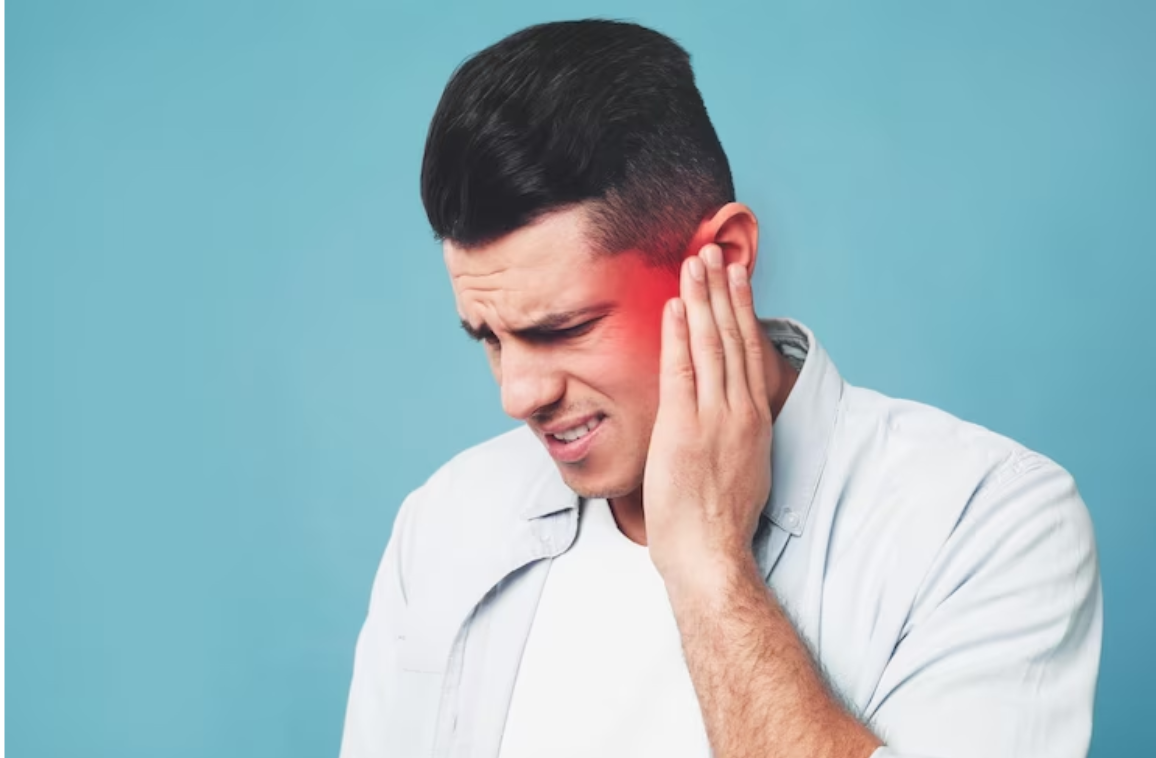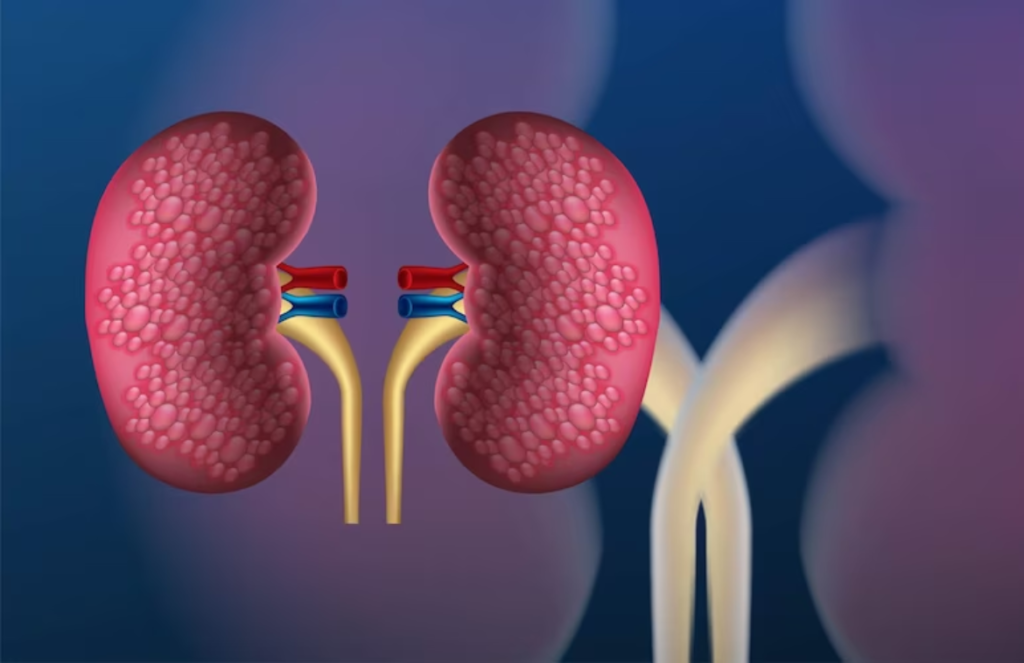Ear discharge is fluid that comes out of the ear canal. The fluid can be clear, yellowish-brown, or even contain pus or blood. The most likely cause is an ear infection.
Ear discharge can indeed be mild or even very serious, depending on where the fluid is draining from and what type of fluid it happens to be.
There are several causes of ear drainage. The most common type of ear drainage is cerumen, which keeps the ear clean and healthy. Blood, transparent fluid, and pus happen to be other forms of drainage as well as discharge. These may show a ruptured eardrum or perhaps an ear infection.
What is ear discharge?
Ear discharge, also referred to as otorrhea, is any fluid that comes out of the ear. Usually, one’s ears leak earwax. This happens to be an oil that the body produces naturally. Earwax ensures that dust, bacteria, and other foreign bodies do not get into the ear. However, other conditions, like a ruptured eardrum, can cause blood or even other fluids to drain from the ear. This sort of discharge indicates that the ear has been injured or infected and does require medical attention.
Causes
Ear Wax
Earwax is rather normal ear drainage and can be white, yellow, or even brown in color. The ears do produce earwax to keep the ear clean and healthy and also to protect it from infection.
Transparent Liquid
The clear fluid that does come out of the ear can be watery, which can collect in one’s ear after swimming or bathing. People can gently dry their ears after, of course, getting wet by holding a hairdryer on low heat away from the ear or by making use of a towel. Taking time to dry one’s ears can help prevent an infection known as a swimmer’s ear, in which water tends to get trapped in the ear. If a person does notice clear liquid in their ears after a head injury, they need medical care a once.
Blood
A minor injury or even a scratch to the ear canal can, at times, cause a small amount of blood to leak out of the ear. If having a ruptured eardrum and notice blood, pus, or clear fluid coming out of the ear, seek medical help.
The eardrum can rupture if:
- An ear infection does place pressure on the ear.
- A loud noise does occur very close to the ear.
- A person does insert something too far into one’s ear.
- Few experience a sudden change in air pressure.
- An injury does occur, like a blow to the ear.
Ruptured eardrum symptoms:
- Earache, then sudden relief.
- Ringing in one’s ear.
- Hearing loss in a person’s affected ear.
Pus or cloudy liquid
Pus or cloudy fluid coming out of the ear can indicate an ear infection in the ear canal or middle ear. Drainage from the ear can induce a ruptured eardrum.
Signs of an ear infection:
- An Earache.
- Fever.
- Nausea.
Treatment
Doctors often tend to prescribe antibiotics for a few types of infections, which people can take by mouth or as ear drops, depending on the location of the infection in one’s ear. To help ease an earache, people can make use of a warm compress on the ear or take over-the-counter pain relievers, like ibuprofen. A ruptured eardrum often heals without treatment in a few weeks to even 2 months.
People can help the healing process and also prevent infection by keeping the ear dry and also protecting it from loud noises and physical shocks. If an eardrum does not really heal on its own, surgery may be required to place a patch of new skin over the hole. A doctor can even prescribe antibiotics to treat ear fluid. The use of a decongestant and an antihistamine in combination will help minimize congestion. If this treatment is not all that effective, the doctor may place an auditory tube via the middle ear to allow fluids to drain as usual.
Conclusion
Earache can be distressful.
















